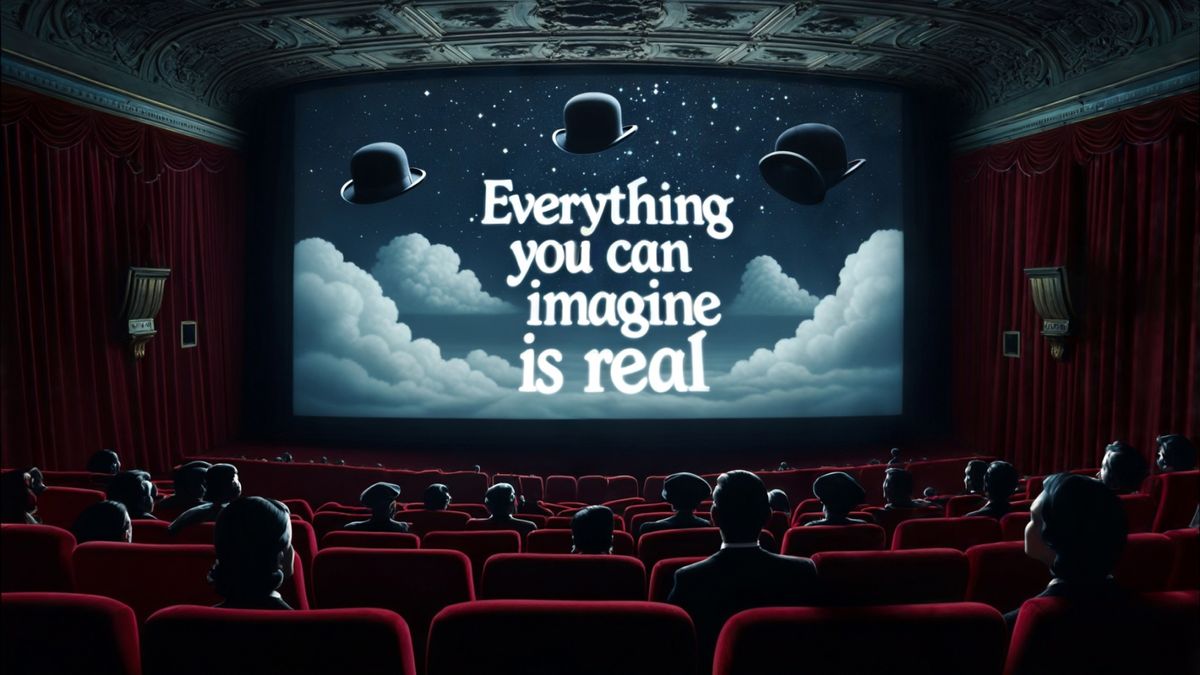
Luma Labs is giving its Dream Machine generative AI platform a major upgrade. This is the biggest since it first launched earlier this year and includes a new image model called Photon and an entirely new way of working with AI video — making it more collaborative.
When Dream Machine launched in June it was a massive step up on the previous generation models, offering faster generations, minimum 5-second clips, and better motion. Other features such as looping, prompt enhancement and keyframes were later added.
Amid growing competition, and the likely imminent release of OpenAI’s Sora, Luma Labs is doubling down on Dream Machine adding a range of new features that make it easier to work with and to turn an idea into reality. This includes even faster video generation and a better understanding of natural language, meaning you can just chat to it like you would ChatGPT.
The biggest change is Photon, a new text-to-image model built on Luma’s architecture to be more personal, efficient and creative. Luma says it will be up to 800% faster than similar models but with accurate text rendering, easy character creation and multi-image prompting.
What’s new in Luma Dream Machine?
(Image credit: Luma Labs)
Dream Machine is already an impressive AI video generator. It has some unique features that other platforms are only just starting to catch up with, including being able to set a first and last image to steer the generation of the video.
With the new update, Dream Machine is getting an entirely new user interface and, thanks to Photon, its text-to-video model is also going to be significantly better.
We are building Dream Machine on top of this creative intelligence as a new kind of place for people to be able to express their ideas in a fluid image, video, and language medium
Luma AI
Available on both the web and in iOS, Dream Machine will become more of a collaborator than a simple tool. It will be able to understand instructions and context so you can work with it and brainstorm ideas without having to learn prompt engineering.
Amit Jain, CEO and co-founder of Luma AI said: “At Luma AI, we combine rigorous scientific research with an ambitious vision to help people think more visually, explore their ideas more effectively, and share their stories freely.”
The completely redesigned user interface makes it easier to unlock the full potential of the underlying AI video and image models. Instead of having to carefully craft a prompt to get the exact output you can select examples or converse with the model like a creative partner.
You can also give it one or more images and use that to define the video output as well as set styles, colors, structures and visual ideas. This improves character consistency and lets you prompt with multiple character images to ensure it reflects what’s in your mind.
According to Luma there are 25 million registered users on Dream Machine today and with the new update, it will be easier to see what others are creating and even remix their creations.
What makes Luma Photon different?

Luma Labs says Photon can generate accurate text (Image credit: Dream Machine Photon/AI image)
One area Luma Labs Dream Machine struggled with compared to other models was in text-to-video as its underlying image model wasn’t as accurate or photorealistic as others in the space. The company says it has fixed that thanks to an entirely new AI image model.
Luma AI Photon was built from the ground up and will be available independently of Dream Machine so users can create impressive, realistic and flexible images using AI. While I haven’t tried it, the samples the company shared seem as good as Flux, Midjourney and Recraft.
A spokesperson explained it is built on Luma’s Universal Transformer architecture and in testing it performs 800% faster and cheaper than similar sized models. Being able to generate images at speed is important as often you’ll need to create multiple shots to get the perfect image.
Anjney Midha, General Partner at venture capital firm a16z and Luma AI Board Member said that design breakthroughs enabling new types of creative workflows are the true advantage in the upgrade, even more so than any technical breakthrough. ”By combining delightful product design, generative research and software engineering, Dream Machine puts new creative power and capabilities into the hands of consumers and prosumers.”
Dream Machine will come in four tiers of pricing: $9.99 for hobbyists with a few videos and images per month. Each tier adds more generations per month rising to $99.99 for people using it for work.







